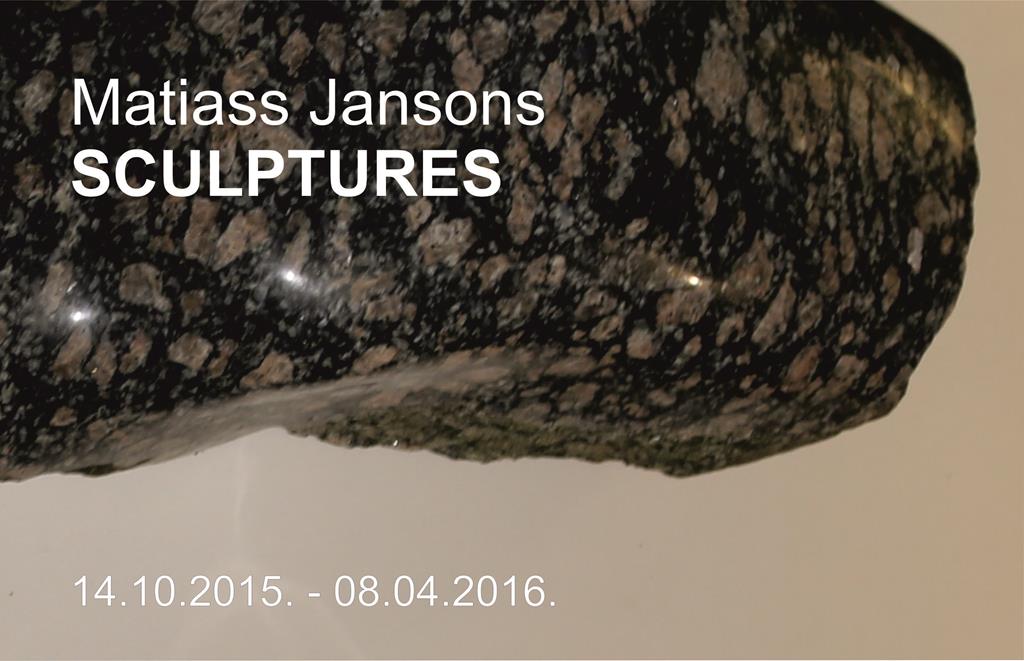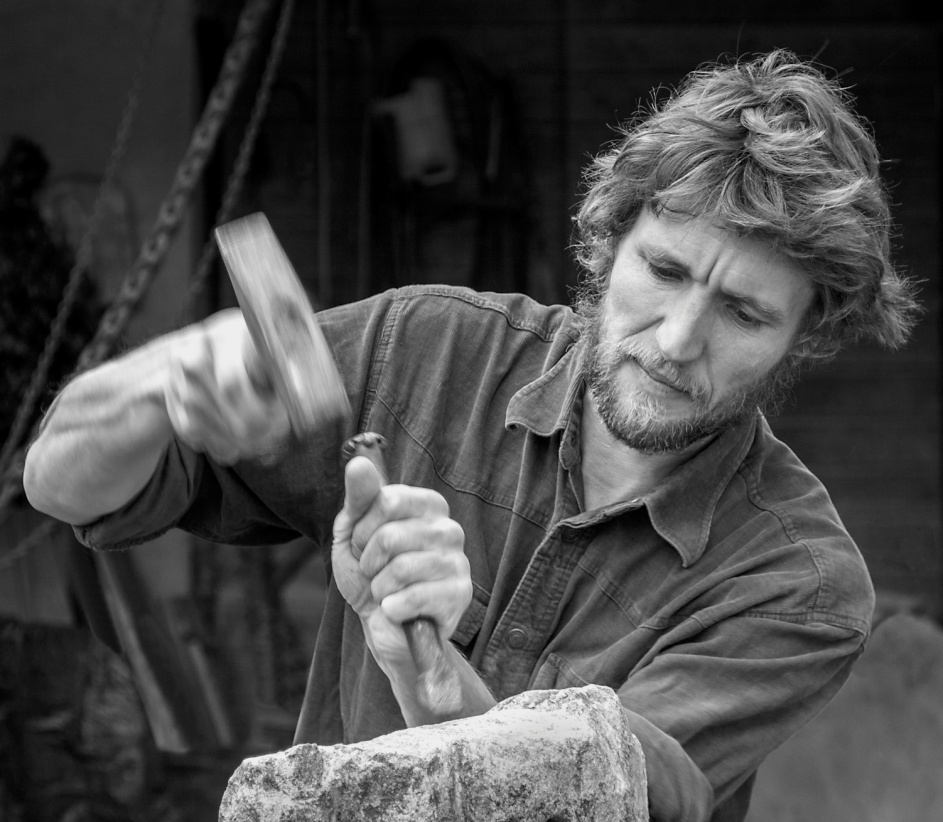Matiass Jansons exhibition SCULPTURES

Matiass Jansons (1973)
“SCULPTURES”
Matiass Jansons has graduated from the Department of Sculpture at the Art Academy of Latvia (1999). A member of Latvian Artists Association (since 2003).
He regularly takes part in exhibitions, symposiums and other art projects in Latvia and abroad. He is the author of various sculptures displayed in the urban environment as well as in the interiors. Basically, he works in his studio “Siļķes” in Cēsis, which was established by his grandfather prof. Kārlis Jansons, and which is the place where his parents – sculptors Andrejs Jansons and Maija Baltiņa – also worked. Matiass Jansons is also a co-founder of the culture society “ArtCēsis” (2011).
“Matiass Jansons chisels his works in granite, sculptors them in limestone, dolomite, he pastes and cuts them from peat blocks and other materials. The artist yields also to the fascination of photography. The wide amplitude of the games between the textures of the chosen materials in professionally brilliantly done forms allows Matiass to have a penetrating insight into the emotional experiences and feelings of his models as well as of his own. The principal leitmotif in the expression of his works is form and movement, the plasticity in the play between the abstracted forms of female and fish images. To every viewer, adequate to their feelings, his sculptures offer the opportunity for their interpreting imagination to float freely amongst women and fish. In order the sensations be harmoniously perfect, photos created by Matiass Jansons should be added too, which, unlike his sculptures, radiate Hollywood-like brilliance and sometimes may seem quite puzzling. When taking photos, the artists both seeks for the harmony between forms, chiaroscuro and line rhythms and simultaneously wants his works to compete with entertainment, recreation, commerce and other similar functions in the society. Thus, revealing the complex and contradictory emotionality of the images of his art, Matiass Jansons in a plastic form accentuates the intriguing and mysterious story about art as a conversion of life …”
Aivars Leitis, art scientist








